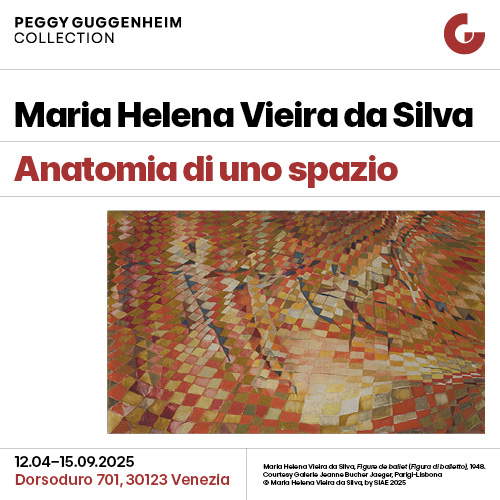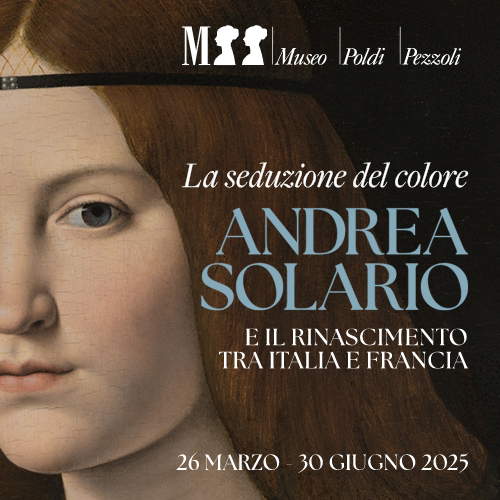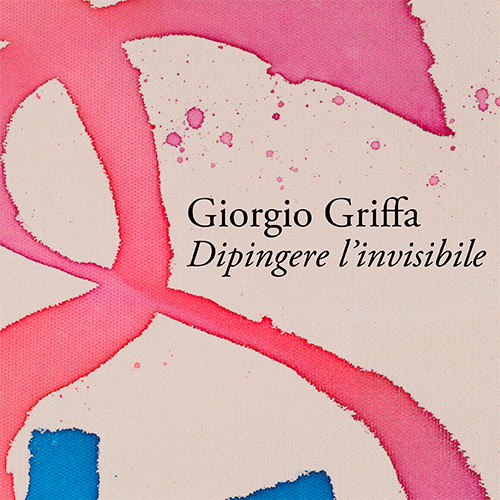Mat Collishaw, flowers as fascinating enigmas.
An image composed of 15 shots installed on backlit panels focuses, in a visual synecdoche, on a bullet-hit skull hole. The work is titled Bullet Hole and plays on perceptual destabilization. Up close it creates an interpretive short-circuit that is bridged and understood only by moving away from it. It was signed by a young Mat Collishaw (Nottingham, 1966) in 1988 for Freeze, an exhibition in which the work was shown in London, set up inside abandoned former dock offices, curated and conceived by artist Damien Hirst. The purpose of the group show, which brought together sixteen artists (including Sarah Lucas, Gary Hume, Ian Davenport, Tracey Emin), was to provoke, shock, “chill” literally speaking, by showing mainly topical issues. The generation of British artists born in the late 1980s, coming from Goldsmiths College and grouped under the name of YBAs (Young British Artists), was promoted thanks in part to publicist and collector Charles Saatchi, who in 1997, after selecting the most noteworthy works, brought them together in a major traveling exhibition, Sensation, ready to tour between Europe and the United States.
Among these eclectic exponents was Mat Collishaw, and his Bullet Hole, the inspiration for the legendary Freeze, well expressed the spirit of the group because it was able to synthesize at once horror and poetry unleashed by an ambiguously perturbing beauty. Indeed, the artist himself states that “poetry is generated in the contact between sensibility and what is apparently repulsion.” A theme on which Collishaw has since based his entire poetics developing it to the nth degree, through mediums as diverse as photography, video, environmental installations, sculpture and even artificial intelligence, all reinterpreted with a careful assimilation of art history and contaminated by literary references (Ballard, Baudelaire, Genet, Huysmans). And he has indeed become famous thanks to an imagery with a strong aesthetic and perturbing impact, where life and death, light and shadow, merge and mingle in a wide-ranging reflection that calls into question history and science, nature and new technologies and their continuous interconnection.
In its seemingly fairy-tale and highly attractive universe, however, things are not always as they appear at first glance.
In fact, the famous carousel All things fall at first glance seems to reproduce a pleasing classical architecture where small human sculptures are caught in unclear poses due to the whirling spin to which the work is subjected. Through optical illusions we are gradually revealed, in reality, a macabre spectacle that Collishaw reveals was suggested to him by Ippolito Scarsella’s Strage degli innocenti . The zootropium (a Victorian-inspired cylindrical device), made of plaster, resin, steel and aluminum, illuminated by LED lights and driven by an electric motor, stages images of unprecedented violence in an escalating climax where human suffering becomes spectacle. A perceptual illusion that creates displacement from which is also affected (albeit through different modalities), the photographic series Last Meal on Death Row, with Caravaggesque assonances. Still lifes affected by light and shadow, they are influenced by a style that can be traced back to certain Dutch Baroque still lives, imposing themselves on the viewer with a seductive and mysterious aura. These are actually shots that capture the last meals of death row inmates in Texas prisons, a state that has been known to have the highest number of executions in the U.S. since 1976.
Flowers, sublime, seductive, magnetic topoi widely represented in art history, are also widely present in Collishaw’s artistic production. They are flowers that speak of desire, eroticism, passion, martyrdom, ecstasy, nature, wounds, and that become ideal privileged subjects to draw the viewer to them, catalyzing their gaze and then accompanying them through unprecedented, symbolic readings toward other meanings. It is no coincidence, moreover, that flowers, as the artist states, “have those beautiful shapes that we love to look at, but the reason for their beauty is to attract butterflies and other insects to disseminate pollen, so through their physical loveliness they manipulate others. So in fact their beauty exists only for very selfish reasons, and I find that very fascinating.” Flowers then, not as ornamentation for its own sake, or at least not to a deeper reading and not just metaphors for vanitas, but rather enigmatic pole of attraction to delve into multiple themes: spiritual in a broad sense, ecological, social.
The aforementioned process is present in several of the artist’s works, think for example of Eidolon of 2023 in which an iris, a symbol of faith, hope, justice, associated with the figure of the Virgin Mary, is enveloped in flames that do not prevent its flowering, which rather continues tenaciously and unhoped-for under the notes of biblical verses sung in Latin, extrapolated from chapter 3 of the Book of Daniel. The strong message of the prevailing of light over darkness despite everything, the reference to martyrdom, crucifixion, is evident. The image of death and its sublimation that becomes a pure aesthetic act is also present in Burning flowers (2014) reminiscent, as some critics have pointed out, of certain seventeenth-century artistic scenes of martyrdom such as the paintings of martyrs executed by Guido Reni.
Moreover, starting from the idea ingrained in the artist that to produce an image is to always enact violence insofar as one ends up denying the ephemeral, impermanent nature of the object involved, replacing it with a fixed, perennial representation, Collishaw at the same time draws attention through his works to the process of disintegration that involves everything that becomes an image. Preternaturalia (2010), a sacred flower placed inside a tabernacle that is consumed by a fire that feeds and exhausts it, is a prime example.
Of fundamental importance in the artist’s work is the interaction with the public. This ever-present aspect comes to be an inescapable element in his recent operation Heterosis (2023) made with NTF and artificial intelligence, using a combination of genetic algorithms with blockchain technology; a sui generis experience of floral hybridization in which participating collectors are able to cultivate their own animated, AI-generated NTF flowers, which they can then cross with other collectors’ species. Visible in a virtual area called the Green House located in an imaginary greenhouse of the beautiful and decaying metaverse, located at the National Gallery, colonized by an enveloping, wild and haunting nature that seems on the verge of overwhelming the entire picture gallery. Visited by their owners as avatars, they have names borrowed from Borges’ The Library of Babel. Also using artificial intelligence, Collishaw has created Alluvion, a new series of oil paintings inspired by 17th-century painters such as Frederik Ruysch and Abraham Mignon. Peculiar images in which flowers and insects mingle, blending in to such an extent that one cannot distinguish one from the other in a singular cabinet of curiosities. Indeed, this is a phenomenon found in nature (called “Pouyannian mimicry”) in which flowers mimic insects so as to attract them to collect pollen.
The British artist also pays special attention to the ecological theme, as some recent works show. Mention, for example, the environmental installation Equinox, more than 5 meters high and 3 meters wide, which uses “zootropium” technology, exhibited for Expo 2020 in Dubai and placed in the Sustainability Pavilion: a huge rotating lotus flower whose petals open welcoming insects that fly and pollinate it accompanied by poetic verses celebrating the sacredness of nature. A reflection on modern society altered by the advent of new technologies and genetic manipulation along with seduction and repulsion, decadence and lost innocence, are traced in the disturbing casts of orchids with seductive petals but marked by wounds, scars, excrescences simulated through a graft borrowed from dermatology manuals and then transposed through the computer onto the works of Venal Muse (2012). The evocative title pays homage to Baudelaire’s Les Fleurs du Mal where decadence and eroticism are equally present and the text À rebours by Huysmans whose protagonist, an aristocrat in voluntary hermitage in his mansion, develops an obsession with collecting, including rare species of flowers that appear to be pockmarked by tropical diseases.
The short film Even to the End (2023) similarly addresses ecosystem issues. In it, human ingenuity and its destructive spirit are highlighted: it starts with a parade of flowers enclosed inside display cases that cross the sea to a thriving island that gradually turns into an inhospitable place where devastation reigns. The reference is to the Wardian case that in Victorian times allowed the transportation of rare plant species between continents with consequent positive (the preservation of them) and negative (threats on the planet’s ecosystem) implications. It punctuates the visual narrative Adagio for Strings by Samuel Barber, inspired by the Virgilian poem The Georgics, an ancient text but with a very timely message.
Like a skilled conjuror or demiurge, Collishaw creates other natural realities, transforms them, animates them (striking, almost hypnotic, botanical illustrations of Dürer’s blades of grass swaying in the wind transposed to video), and if it serves to downsize and disorient humanity, makes them ghostly. Such is the case with 2017’s Albion, an animated oligram of the great oak of Sherwood Forest that has always been associated with the legend of Robin Hood. The subtext that runs through the entire production of the British artist is deliberately ambiguous, not at all reassuring, as if to say that, despite everything, Nature, immense, unstable, absolute and enigmatic, escapes any control and that Art like life itself has meaning if it raises questions, opens the mind and does not provide answers.
Warning: the translation into English of the original Italian article was created using automatic tools. We undertake to review all articles, but we do not guarantee the total absence of inaccuracies in the translation due to the program. You can find the original by clicking on the ITA button. If you find any mistake,please contact us.



























